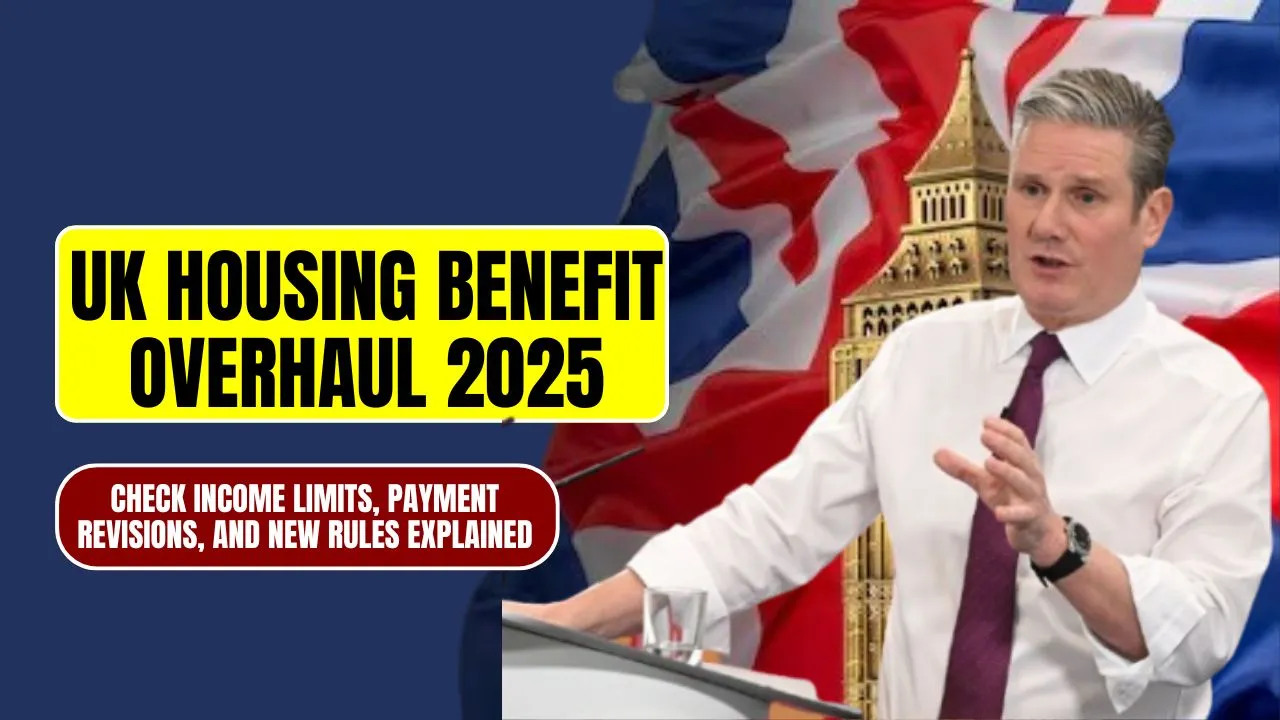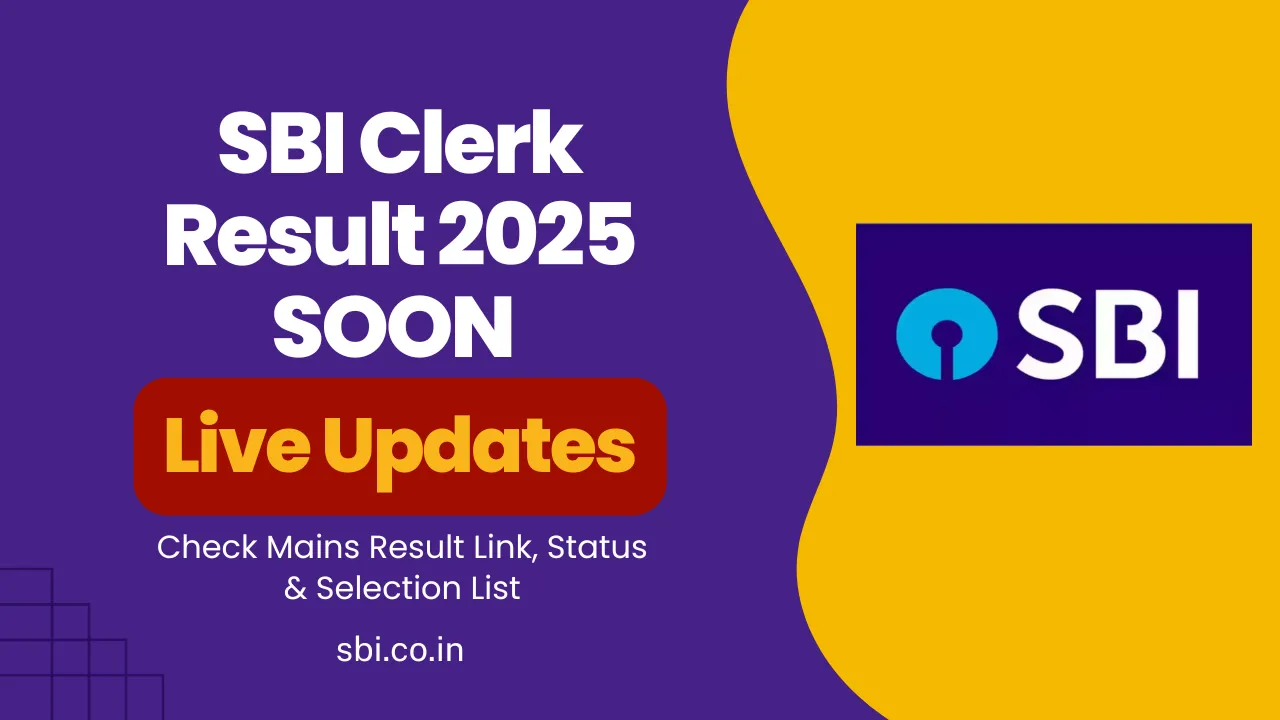DWP Crackdown 2025: Thousands of unpaid carers in the UK are bracing for an unexpected financial blow as the Department for Work and Pensions (DWP) implements a new enforcement strategy. A change in how Carer’s Allowance overpayments are handled means that even minor breaches of the earnings threshold could now lead to debt demands as high as £4,330—all over a £1-per-week income excess.
This DWP Crackdown 2025 marks a significant shift in how earnings breaches are monitored. From now on, the DWP will investigate all alerts about income limits being exceeded for Carer’s Allowance. While the move aims to improve monitoring and fairness, it has raised major concerns about the scale of repayments carers may now face.
DWP Crackdown 2025
The DWP Crackdown 2025 centres on a renewed commitment to reviewing all income breach alerts related to Carer’s Allowance. Until now, the department only investigated around half of such alerts, leaving many carers unaware they were in violation until significant debts had built up. The new policy means 100 per cent of alerts will now be reviewed, and overpayments—no matter how small—could result in full weekly benefit clawbacks.
Critics argue that the system is punishing people for minimal mistakes and has already left carers with unmanageable debts. In some cases, individuals owe more than £20,000 due to years of unnoticed breaches.
Overview Table: Key Facts About the DWP Crackdown
| Element | Details |
| Focus | Carer’s Allowance Overpayment Enforcement |
| Allowance Value | £83.30 per week |
| Earnings Threshold | £196 per week (after deductions) |
| Breach Consequence | Full repayment of weekly allowance, even for £1 breach |
| New Policy Change | 100% of earnings alerts to be investigated |
| Previous Policy | Only 50% of alerts investigated |
| Potential Debt | Up to £4,330 per year; some cases as high as £20,000 |
| Eligibility for Allowance | Must provide 35+ hours of unpaid care per week |
| Key Concern | Lack of timely notification from DWP leading to backdated overpayments |
Currently, the DWP Only Investigates 50 Per Cent of Earnings Breach Alerts
For several years, the DWP has been flagging up earnings alerts provided by HMRC, indicating that a carer may have gone over the income threshold. However, due to internal limitations or resource constraints, the department only reviewed around 50 per cent of these cases. This partial approach has created what some have called a “lottery system”, where some carers are caught quickly, and others build up years of debts unknowingly.
DWP Has Announced It Will Now Investigate 100 Per Cent of Earnings Breach Alerts
The 2025 crackdown means that every breach alert will now be reviewed, regardless of how small the excess may be. This is part of the department’s renewed efforts to prevent overpayments and ensure carers are complying with all eligibility rules.
While the intention is to create a more consistent and efficient system, the change could trigger tens of thousands of debt notifications, as older alerts are revisited and unpaid overpayments are recovered.
Carers Must Not Earn More Than £196 Per Week After Deductions
To qualify for Carer’s Allowance, claimants must not earn more than £196 per week after tax, National Insurance, and certain expenses. Breaching this threshold—even by a small amount—renders them ineligible for the weekly benefit of £83.30. The rule is strict: if you earn even £1 over the limit, you must repay the full week’s benefit.
This system creates a serious risk for carers who may unknowingly work slightly more hours, receive a minor pay rise, or have tax code changes they don’t immediately catch.
Critics Warn the Change Could Trigger a Wave of Backdated Debt Demands
One of the biggest fears is that the new 100 per cent enforcement policy will lead to an avalanche of backdated debt letters. According to the National Audit Office, over 144,000 people are already repaying more than £250 million in Carer’s Allowance overpayments.
Many of these cases are linked to earnings breaches that were not detected promptly by DWP. Critics warn that clearing the backlog could mean more carers suddenly face debts from years past, creating major financial distress.
Carers UK: Some Are Unaware When They Exceed the Earnings Limit
Helen Walker, Chief Executive of Carers UK, said that many unpaid carers are simply unaware they’ve breached the income limit. Because the system often fails to notify them quickly, overpayments pile up quietly over time. She shared that a carer could lose an entire year’s worth of benefits—£4,331.60—for earning as little as £52 too much over the course of a year.
This shows how high the stakes are and how unforgiving the system can be, particularly when most carers are juggling part-time jobs and full-time caring responsibilities without support or guidance.
Campaigners Welcome the Pledge But Warn It Comes Too Late
While the move to review all alerts is seen as a positive step toward accountability, many campaigners argue it’s too little, too late for carers already facing debt demands. For them, the damage is done. The inconsistent past approach—where only some breaches were investigated—has left thousands in debt with no easy resolution.
As the DWP clears its backlog, more families are expected to receive sudden debt letters, which could impact not just carers but the disabled relatives and children they support.
Final Thought
The DWP Crackdown 2025 is intended to bring greater fairness and consistency to the way Carer’s Allowance is monitored, but its rollout risks pushing already overstretched families deeper into financial hardship. For unpaid carers—already making vital contributions to society without pay—the threat of losing thousands over a minor earnings breach feels harsh and disproportionate.
While the policy shift may prevent future overpayments, it also underscores the urgent need for better communication, updated systems, and timely alerts to prevent debt accumulation. As the DWP works through the backlog, it must also consider how to support carers through the repayment process without adding to their emotional and financial burdens.











